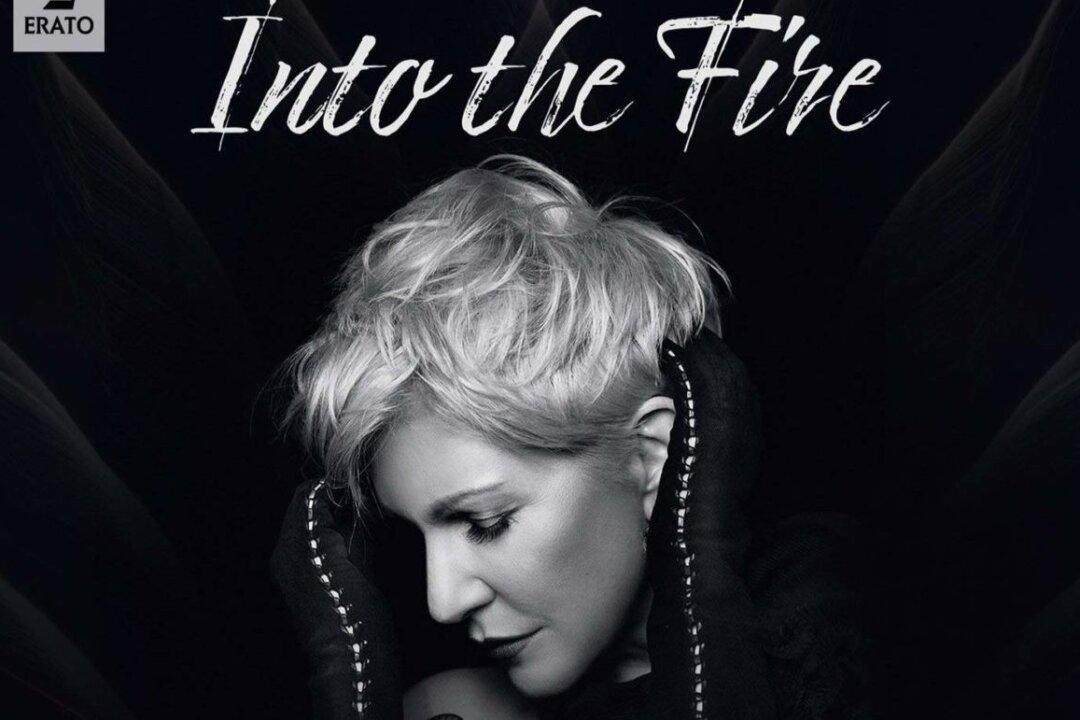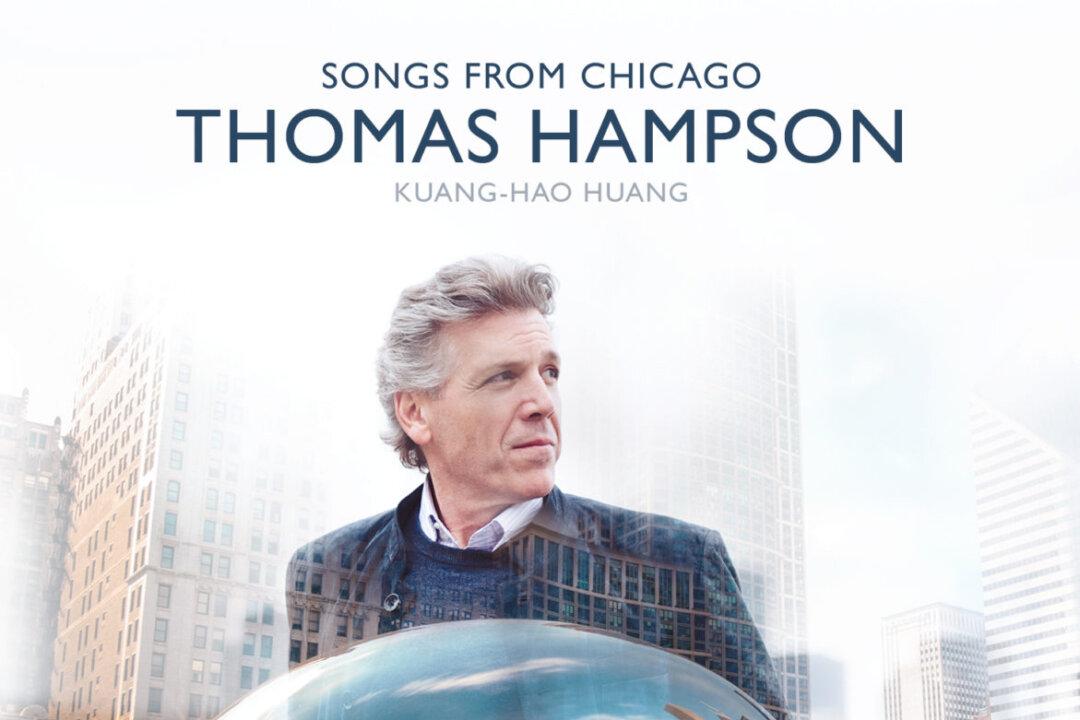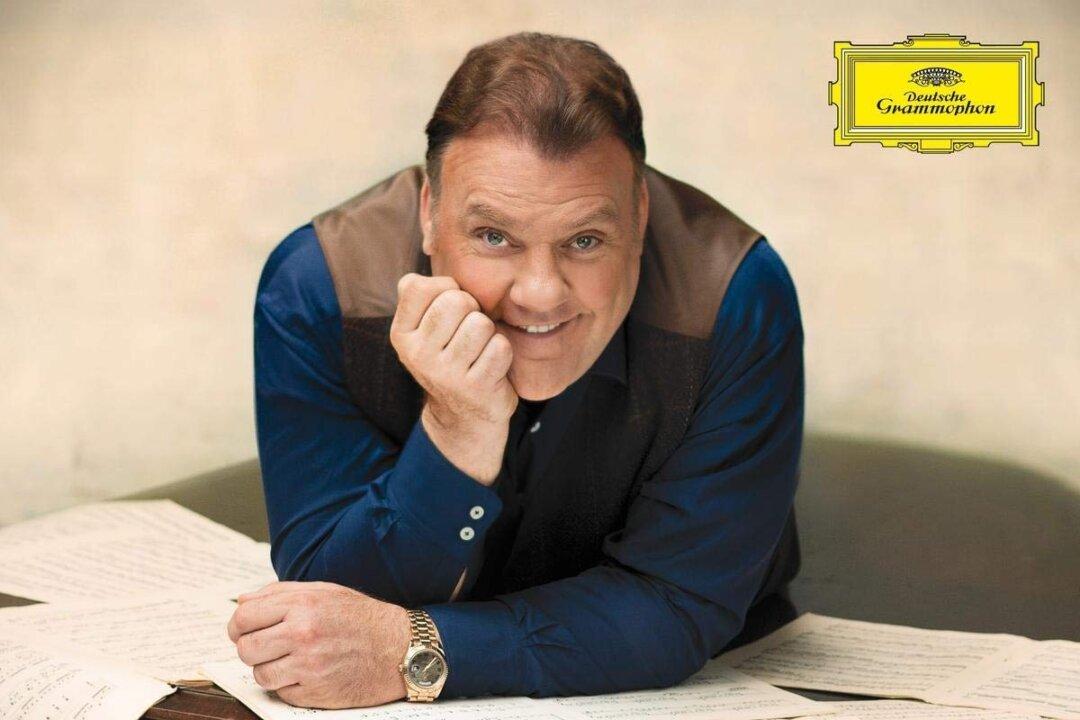NEW YORK—The audience issued a collective groan when an announcer stepped on stage before the first performance this season of “Maria Stuarda.” He said that the star, Sondra Radvanovsky, was battling a cold but would go on anyway and asked for the audience’s indulgence. If he had not made the announcement, no one would have suspected that the soprano had any health issues because she sang this demanding music, which includes coloratura runs, pianissimos, and so on, with beauty and skill and the most powerful voice on stage. She also acted with her usual intensity, delivering a moving portrayal of the doomed Maria.

A scene from Donizetti's "Maria Stuarda." Ken Howard/Metropolitan Opera






